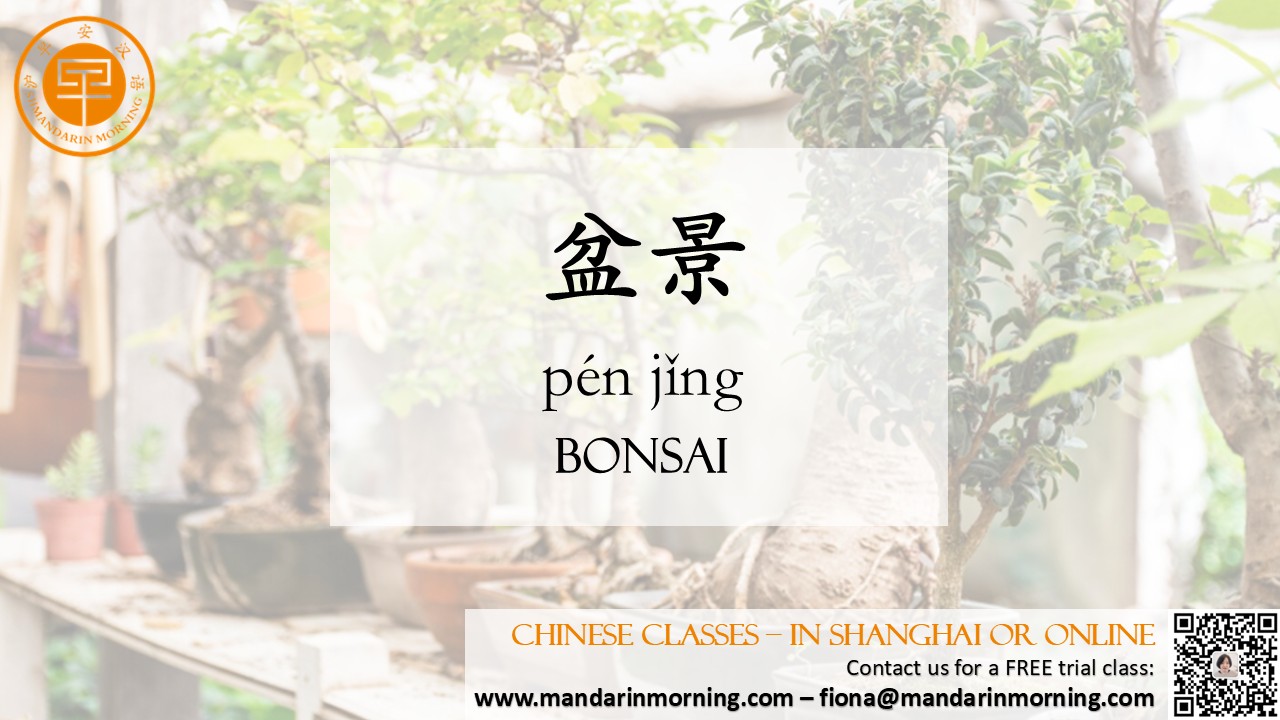| In a world that often moves too fast, there is an ancient art form that teaches us the profound beauty of slowness, care, and harmony with nature. This art is 盆景 (pénjǐng), more commonly known in the West by its Japanese name, Bonsai. Far more than just a potted plant, a true 盆景 is a miniature landscape, a living sculpture that captures the essence of a mighty tree weathered by time and the elements. For students of Chinese language and culture, exploring 盆景 offers a beautiful window into philosophical concepts like 耐心 (nàixīn) – patience, and 平衡 (pínghéng) – balance.  The term 盆景 itself is descriptive. 盆 (pén) means "pot" or "container," and 景 (jǐng) means "scene" or "landscape." So, it is literally a "container landscape." This art originated in China over a thousand years ago before spreading to Japan and the rest of the world. It was inspired by the Chinese tradition of admiring the wild, gnarled trees found in mountain landscapes and the desire to bring a piece of that natural majesty into the home. Creating a 盆景 is not a hobby of instant gratification; it is a long-term commitment that embodies 耐心. It involves several meticulous techniques. The most important is 修剪 (xiūjiǎn), which means "to prune" or "trim." This isn't just about controlling size; it's about shaping the tree's energy, encouraging a specific aesthetic form. Another key technique is 绕线 (ràoxiàn), or "wiring." Artists carefully wrap wire around branches to bend and guide their growth, creating the graceful, windswept, or aged appearances that tell a story. The philosophy behind 盆景 is deeply connected to Taoist and Buddhist principles. It seeks to create a harmonious balance between different forces: the tree (木, mù) and the pot (盆, pén), the living plant and the inert rock, the fullness of the foliage and the emptiness of the space around it. This pursuit of 平衡 and natural beauty reflects the concept of 和谐 (héxié) – harmony. A well-designed 盆景 is not a display of human dominance over nature, but rather a collaboration between the artist and the tree. For a beginner, the idea can seem daunting. But the journey is the reward. Start by learning about different styles, such as the upright (直干式, zhígàn shì), windswept (临水式, línshuǐ shì), and literati (文人木, wénrén mù) styles. Choose a hardy species like a Juniper or a Ficus. Most importantly, embrace the mindset. Caring for a 盆景 becomes a daily meditation, a quiet moment to water, observe, and connect with a living thing that grows and changes slowly over time. In the end, 盆景 is more than an art—it is a practice. It teaches us to appreciate small, incremental progress, a lesson that resonates deeply with anyone learning a complex skill like the Chinese language. Both require dedication, careful attention to form, and a peaceful heart. So, the next time you see a 盆景, look closely. You are not just seeing a small tree; you are witnessing a story of 耐心, 平衡, and 和谐 that has been centuries in the making. 你有没有养过盆景?(Nǐ yǒu méiyǒu yǎng guò pénjǐng?) - Have you ever cultivated a Bonsai? Share your thoughts with us in the comments! |